Character builds
Henry de la Croix
6th lvl Monk (Drunken Master) / 4th lvl Rogue (Swashbucker)
Character concept
This is not your typical dashing rogue: he prefers dark biting humor, a strong drink and a quick slashing shortsword above witty reparté and romance. With undeniable skill he moves across the battlefield, alternating weapon attacks with kicks and throws and confusing his opponents so much with his impossible leaps and twists that they hit each other rather than their target.
This is my attempt to find a thematic and effective build for the Drunken Master monastic tradition, in particular to make use of the 6th level ability Tipsy Sway in am engaging way. I usually make builds up to 10th level, since that is the most popular playing range and I want the build to come ‘online’ at those levels.
https://www.dndbeyond.com/profile/Usurpator/characters/57503125
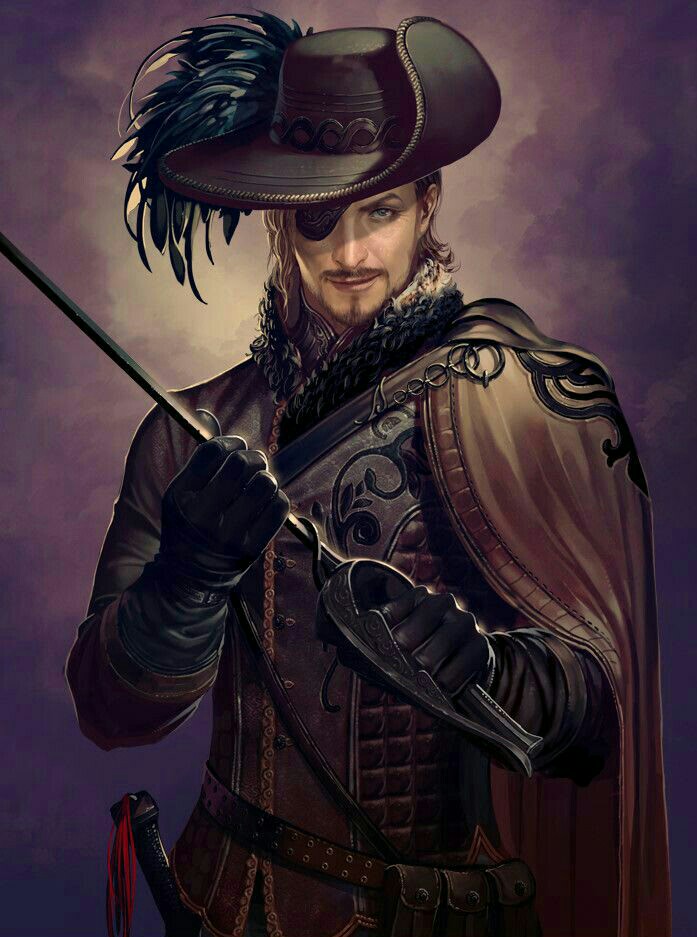
Tactics
Move past the enemies’ front-line and get into their back line to attack vulnerable or high value targets: that is your job.
Move past enemy lines
If there is space use Dash as a bonus action (initially by spending 1 ki point, but later for free with Cunning Action) combined with your superior speed to get to your target: at 10th lvl a Dash gives you 90 ft. of movement to position yourself. If you spend 1 ki point on Flurry of Blows you can instead use Drunken Technique to gain +10 ft. of movement (with the added benefit of preventing Opportunity Attacks).
If there is no space between or around the line, try to use your Acrobatics skill to somersault over enemies, do wall-jumps, dive between legs etc. Check in advance with your DM if he allows it first: point out p. 272 of the DMG: Tumble, which allows you to move through enemy spaces with a Bonus Action.
Alternate build idea: Crusher
Instead if the Slasher feat that the build uses now, you can take the Crusher feat instead (you can still get the same ability scores with point buy). This allows you to push aside enemies you attack with your unarmed strikes if your DM does not allow you to use Tumble.
Avoiding opportunity attacks
Besides using Drunken Technique (which gives the benefit of a free Disengage action and +10 ft move), you can use Flurry of Blows to avoid opportunity attacks (if you are already a 3rd lvl Rogue). This only works against targets you attack: so be sure to spread out those two normal attacks and that martial arts bonus attack as needed.
Take out your target
Once you are in range of your target, you want to try to get your sneak attack bonus with your short swords (unarmed strikes are not eligible for sneak attack). You can do so by making sure you position yourself in such a way that no enemy is adjacent to you other than the target or you can use 1 ki point on any melee attack to try and stun your opponent with the Monk’s Stunning Strike ability, which generates advantage if succesfull. Don’t forget to move after your last attack, either to get out of range of your target entirely, or (even better) setup a situation where you can use your Tipsy Sway ability: as a reaction you can cause an attack that misses you to hit another target within 5 ft. of you.
A stun will make it hard for your target to escape or fight back effectively, but any hit with your shortsword will take away 10 ft. of their movement due to your Slasher feat. Additionally, if you score a critical, Slasher will give them disadvantage on all attack rolls.
If your target is a strong melee attacker, and you are unable to stun it with your Stunning Strike, consider using a bonus action and spending 1 ki point to use Dodge. This will make it more likely for your target to miss you as well as setting up an opportunity to using Tipsy Sway to convert that miss into an automatic hit on another enemy.
You won’t be the party’s top damage dealer, but the threat of up 3-4 attacks per round hitting for 1d6+ability modifier each, plus possible sneak attack, plus possible stuns, plus a possible reaction attack from Tipsy Sway should be enough to make it hard for an enemy to ignore you, especially those softer targets that prefer to stay in the back or out of range.
Build Order: 1st level
1. Race: Variant Human
2. Class: Monk
Abilities
Role-Playing Tips
The Tomb of Horrors is an adventure module written by Gary Gygax for the Dungeons & Dragons (D&D) role-playing game. Gygax designed the adventure both to challenge the skill of expert players in his own campaign, and to test players who boasted of having mighty player characters able to best any challenge. Several versions of the adventure have been published, the first in 1978, and the most recent, for the fifth edition of D&D, in 2017.
The module’s plot revolves around the tomb of the demilich Acererak. The player characters must battle their way past a variety of monsters and traps, with the ultimate goal of destroying Acererak. The Tomb of Horrors is a key part of the novel Ready Player One by Ernest Cline, which is set in a virtual reality world created by a man who was a fan of the module. The character James Halliday recreated the dungeon in detail, which the novel’s other characters must traverse to advance in the global contest and win Halliday’s fortune.
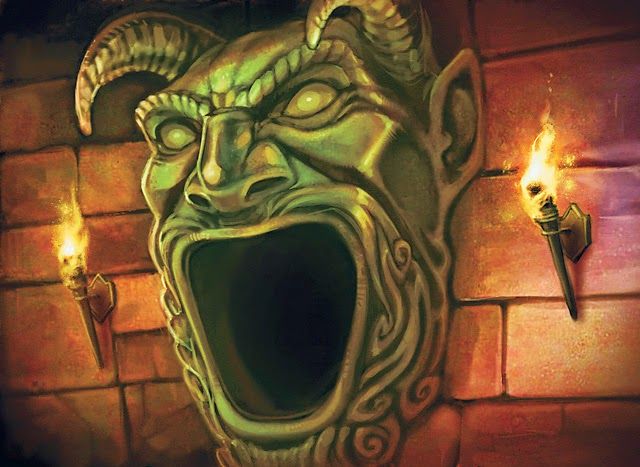
I felt shell-shocked. The impossible had happened. The perfect Paladin was gone, never to return. I never played a full Paladin again after that. He two brothers remained character sheets collecting dust and no one remembers their names.
However, to this day, I still remember that moment fondly. By his actions Taron had cemented himself into the memories of other heroes. This encounter defined his character, prideful, fearless, overconfident and unlucky. This is how I will always remember him. His annihilation defined him more than any other event.
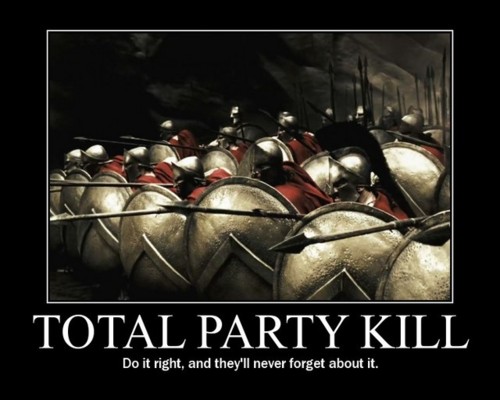
I wonder if this is true of real life as well. I see some evidence that having a good and easy life doesn’t really build character. The easy life tends to turn people into bland, self-centered and often boorish people. Just a collection of stats and backstories really. But our struggles in life, even though difficult and perhaps impossible, they teach us who we really are and can become. They give us color, they are part of our story more so than those easy years.
Also, I’m thinking of bringing Taron back as a Oathbreaker Paladin / Warlock in 5th edition as the stipulation that nothing can be brought back from destruction by a Sphere of Annihilation has been removed from the rules. The idea being that a pact with a dark otherworldly being has allowed him to return. However, perhaps his memory is better left as is.

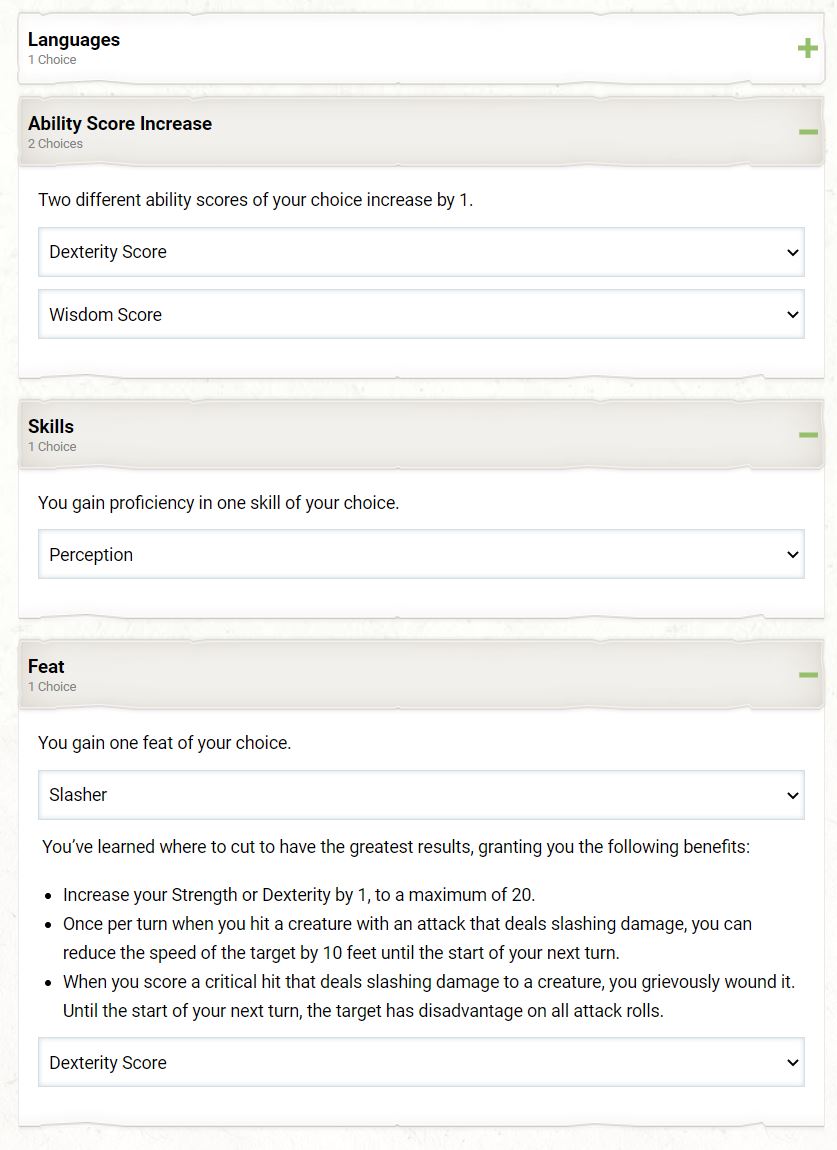
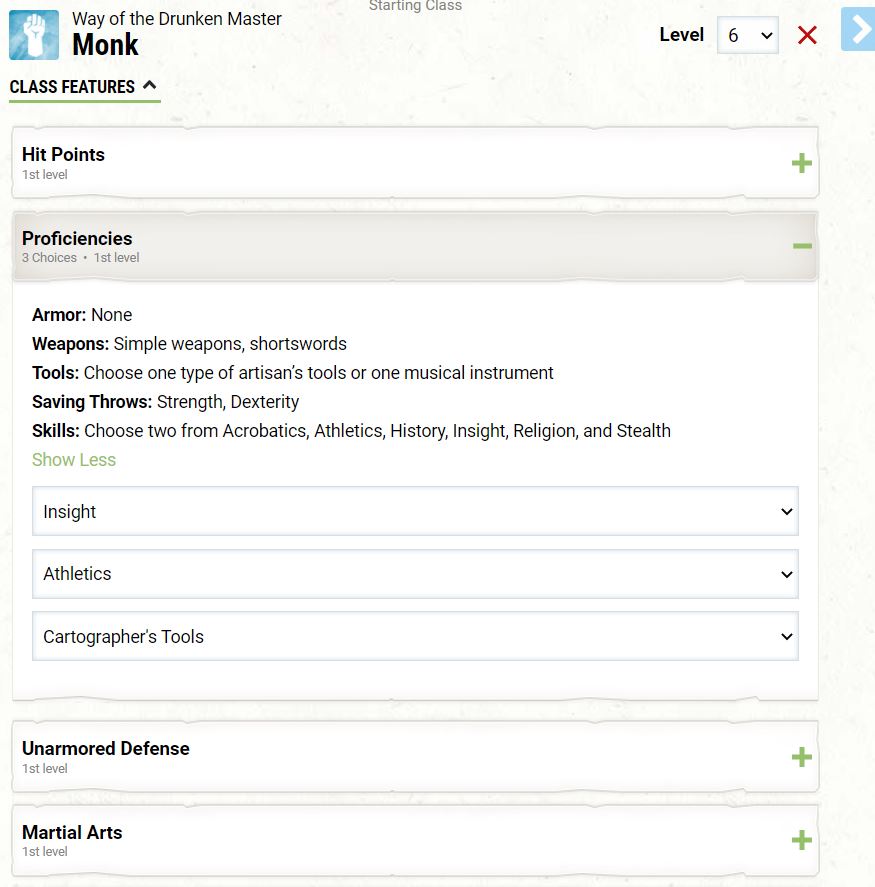




0 reacties